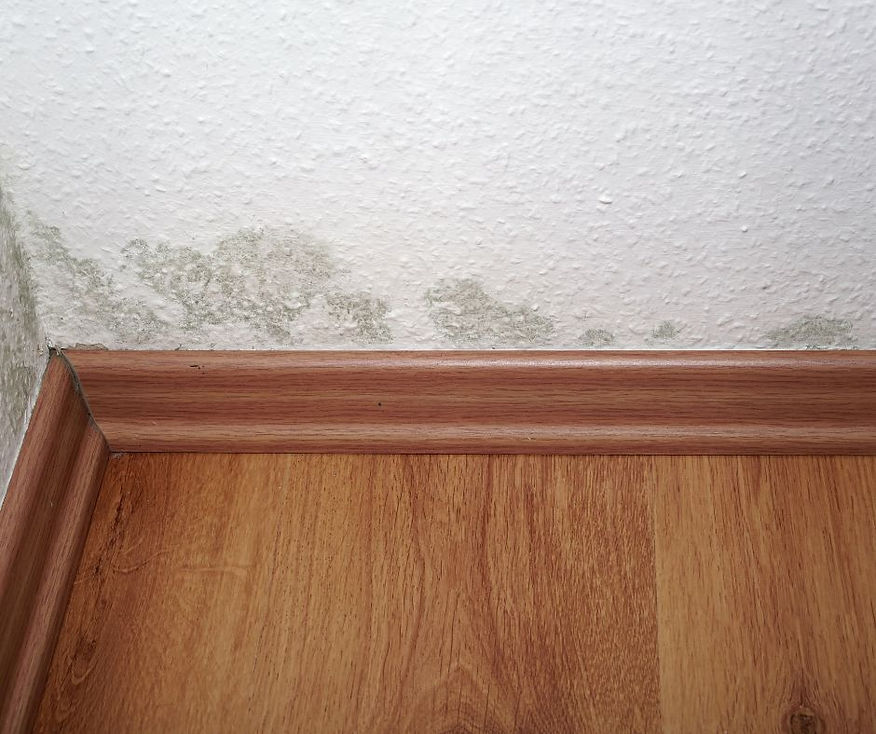
ABOUT OUR MOLD INSPECTION


Mold inspection services provide a comprehensive evaluation of the presence of mold in your home. Our experienced inspectors use advanced testing equipment to determine the type and amount of mold present, and can provide a full report of their findings. The inspection includes a visual inspection of the interior and exterior of the home, as well as a detailed analysis of the air quality. If mold is detected, our experts can recommend remediation and removal services to ensure your home is free from any potential health risks associated with the presence of mold. Our mold inspection services are designed to provide you with peace of mind, and to help protect you and your family from the potential effects of mold.


.png)
Complete Mold Inspection
The Inspector Will Perform:
-
a non-invasive visual examination of the readily accessible, visible, and installed systems and components of the building (listed in Section 4.0 Standards of Practice)
-
moisture, temperature and humidity measurements (refer to Section 4.8 Moisture, Humidity, and Temperature)
-
mold samples according to the IAC2 Mold Sampling Procedures (refer to Section 5.0 IAC2 Mold Sampling Procedures)
The Inspector Will Report:
-
moisture intrusion;
-
water damage;
-
musty odors;
-
apparent mold growth;
-
conditions conducive to mold growth;
-
results of a laboratory analysis of all mold samplings taken at the building; and
-
any system or component listed in Section 4.0 Standards of Practice that were not inspected and the reason(s) they were not inspected.
Standards of Practice
The Indoor Air Quality Association (IAQA) created the Indoor Air Quality Certified® (IAQ-C) program, which includes the IAC2 certification for mold inspections. The IAC2 Standard of Practice (SOP) provides guidelines for mold inspectors to follow when conducting inspections.
-
The inspector must identify and report on any visible mold or conditions that could lead to mold growth.
-
The inspector must inspect the interior and exterior of the property, including the roof and any accessible crawl spaces, basements, and attics.
-
The inspector must use moisture meters and other equipment to identify areas of moisture intrusion, water damage, or high humidity.
-
The inspector must collect samples of mold for laboratory analysis if deemed necessary.
-
The inspector must provide a detailed written report outlining the findings, conclusions, and recommendations for remediation.
-
The inspector must not offer or perform any remediation services for mold.
-
The inspector must follow all applicable laws and regulations related to mold inspections.
In addition to the above, the IAC2 Mold Inspection SOP also requires the inspector to be knowledgeable in microbiology, building science, and environmental health. The inspector must also have a basic understanding of the principles of mold remediation and be able to recommend appropriate remediation procedures.
It's important to note that the IAC2 Mold Inspection SOP is not a comprehensive guide to mold inspection and remediation. Homeowners and property managers should consult with a certified mold inspector and licensed mold remediation professional if they suspect mold growth in their property.









